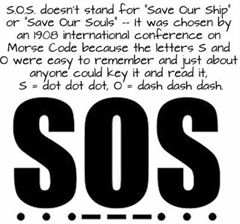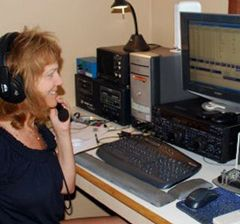Amateur radio is a hobby that lets radio enthusiasts talk to each other locally, and around the world. Radio amateurs complete a short training course and exam, and then get a licence to transmit on special radio frequencies.
Check out this short video from
essexham.co.uk explaining what ham radio is all about.
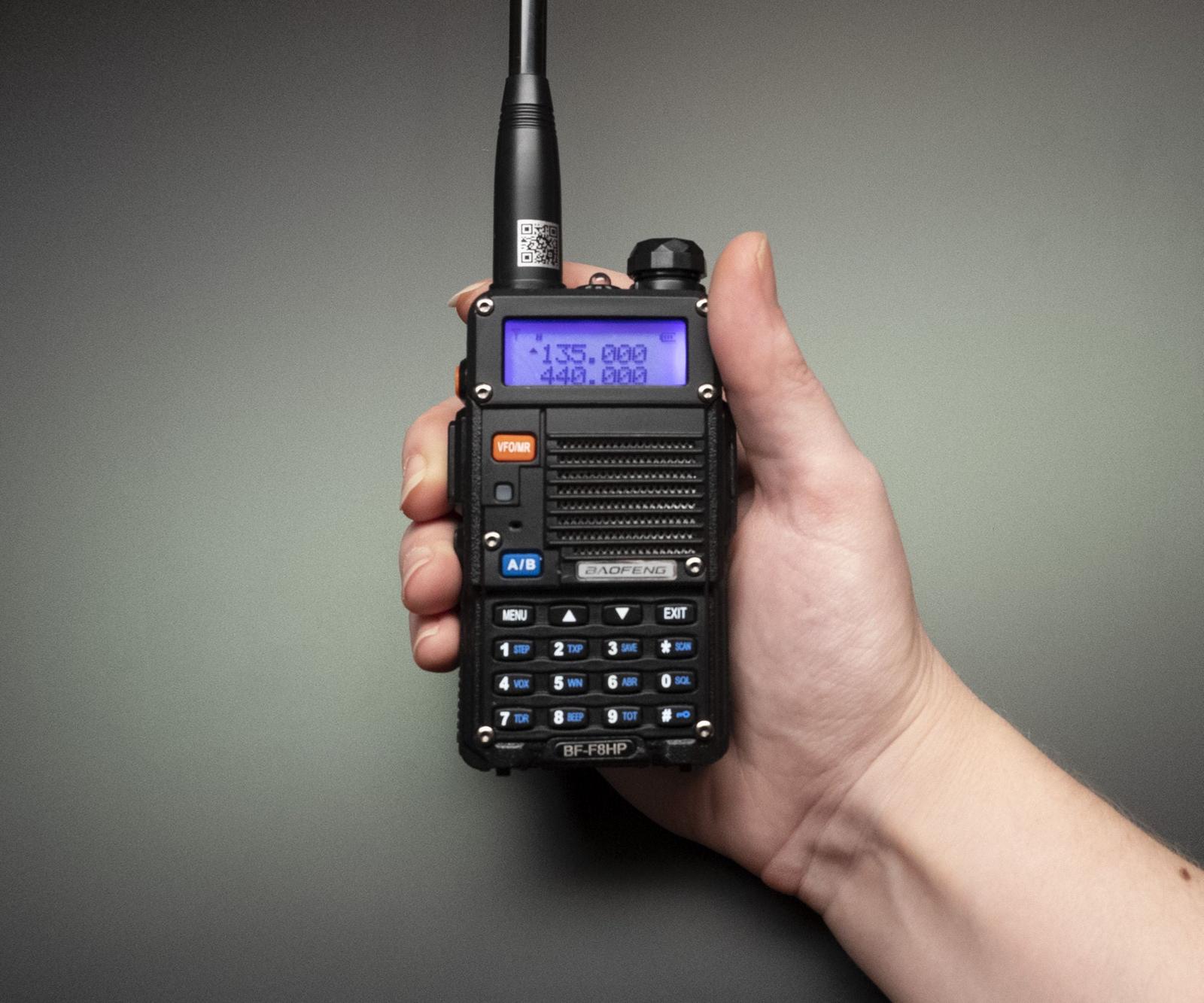
Depending on the height of the aerial, distances of up to 50 miles are possible. Many get started with a battery-powered handheld radio (€30+). These come with a short antenna that can be used over a fairly short range (a few miles), and are typically used outdoors.
They can be connected to better antennas for better range. If your youngster wants to transmit from indoors, they can use their handheld connected to a better antenna, but will ideally want a “base station”.
The best results will come from a rooftop antenna. This will be connected to the “base station” via coax cable. If you can’t get an antenna on the roof, an antenna placed high in your loft is an option. In some cases, an antenna close to a window or hung securely out of the window will work too.
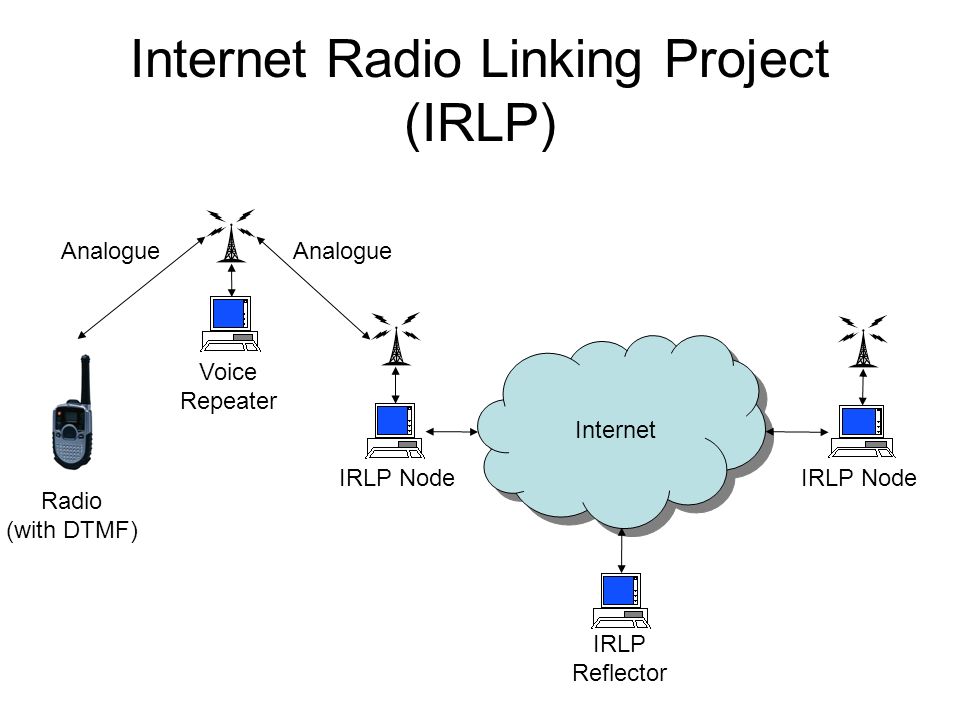
Using as little as a Vhf/Uhf hand held radio you can connect to local “repeaters”, which are connected to the Internet. This means that from a handheld radio, it’s possible to talk around the world.
While IRLP uses standard anologue signal, in recent years digital radio equipment has come along in the form of DMR
FUSION
and D-STAR
. While they operate simularly to IRLP the signal and audio is more clean and crisp.

Radios for HF are more expensive but allow users to talk around the world. HF radios require a power supply unit and sometimes need an antenna tuning unit depending which model HF radio you purchase, some HF radios have this built in.
HF frequencies require larger antennas, which can be as simple as a long length of wire between 5 and 40 meters. Antennas are ideally set up in the garden, but loft antennas can be effective too.
If you can’t set up an HF station at home, you can consider IRLP/EchoLink. Radios are usually handheld, and so need antennas like those mentioned under “VHF/UHF”

Using a handheld radio and a D.I.Y. homemade antenna it is possible to make contacts around the world via amateur satellites in orbit or even make contact with astronauts on the international space station.
The ISS also transmits pictures via SSTV which can be received and decoded using free apps abd software.
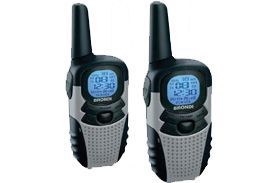
Without even realising it you might already have an intrest in radio. Those "cheap walkie talkies" that you bought in Aldi/Lidl/Tesco for your camping trip or just for the kids to play with are infact PMR446 (personal mobile radio, 446 MHz) radios. They operate in part of the UHF radio frequency range that is open for use without licensing for business and personal use in most countries of the European Union.
PMR446 is ideal for small-site, same-building and line of sight outdoor activities. Depending on surrounding terrain range can vary from a few hundred metres (in a city) to a few kilometres (flat countryside) to many kilometres from high ground.
So dig out those PMR's and give a call, you never know who might call back.
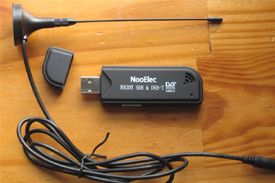
An RTL-SDR is a small USB dongle that connects to your PC or Laptop with free SDR software and used to listen to the invisible world of radio communications. From as little as €10 you can get a noname USB dongle, or spend €25 - €500 and select from mid range to top end products.

